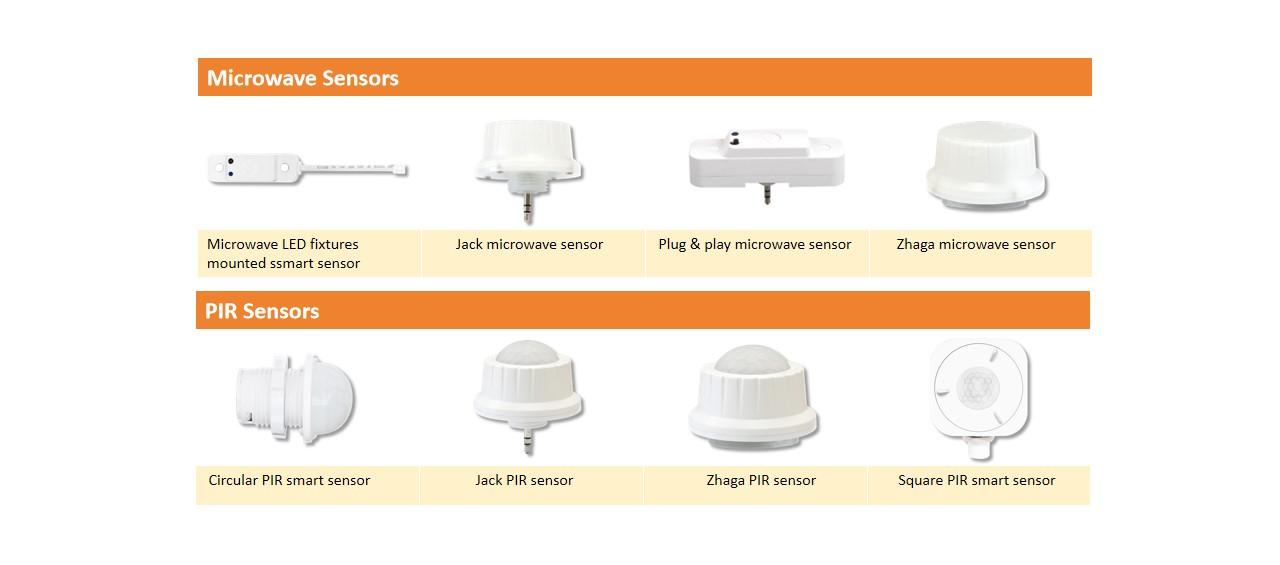Time:2024-12-17 Views:1
1. Use Motion Sensors
Use motion sensors to sense and check whether a space is occupied and adjust the lighting scheme accordingly, such as whether to turn on/off lamps, dim the brightness, and set the lighting duration. By using commercial lighting sensors and controllers, the lamps in the zone can be adjusted more scientifically and humanely, thereby reducing energy consumption.
2. Commissioning Lamps
Commissioning lighting equipment in buildings, with the help of TIOSL's sensors, controllers and mobile APPs, users can commission and set lights according to room occupancy, so that they can automatically turn on/off lamps during a certain period of time or when occupied, which can greatly save electricity costs.
Microwave VS Passive Infrared (PIR) Sensors
Both microwave and passive infrared (PIR) sensors are commonly used motion sensors in commercial lighting. You can choose flexibly according to different usage scenarios and needs. The main difference between the two is the way they detect motion. PIR sensors detect motion by sensing heat changes, while microwave sensors detect motion by emitting microwave signals and measuring the reflection of these signals.

TIOSL Commercial Lighting Sensors
TIOSL offers a variety of sensor options, such as fixture mounted sensors, ceiling mounted sensors or plug and play sensors, combined with our controllers, hardware accessories and applications, allowing you to customize a smart lighting solution for your space. From daylight harvesting to occupancy settings and Bluetooth technology, the high-quality commercial lighting sensors provided by TIOSL will give you unlimited possibilities and creativity.

The scalable and integrated smart lighting solutions provided by TIOSL can make traditional lamps and controllers smart, allowing users to control and set them through applications or cloud platforms, which can improve operational convenience while reducing energy costs.
Currently, the commercial lighting market is affected by many factors. Regulations are encouraging the use of low-energy fluorescent lamps and LED lamps. Even technologies such as building management systems are trying to integrate lighting management into the entire commercial or residential environment. Therefore, smart lighting has become an unstoppable development trend. Choosing commercial lighting sensors and integrating them into smart lighting solutions can meet the needs while avoiding power waste and improving comfort. If you are a lighting designer or building owner, these commercial lighting sensors will help you.
